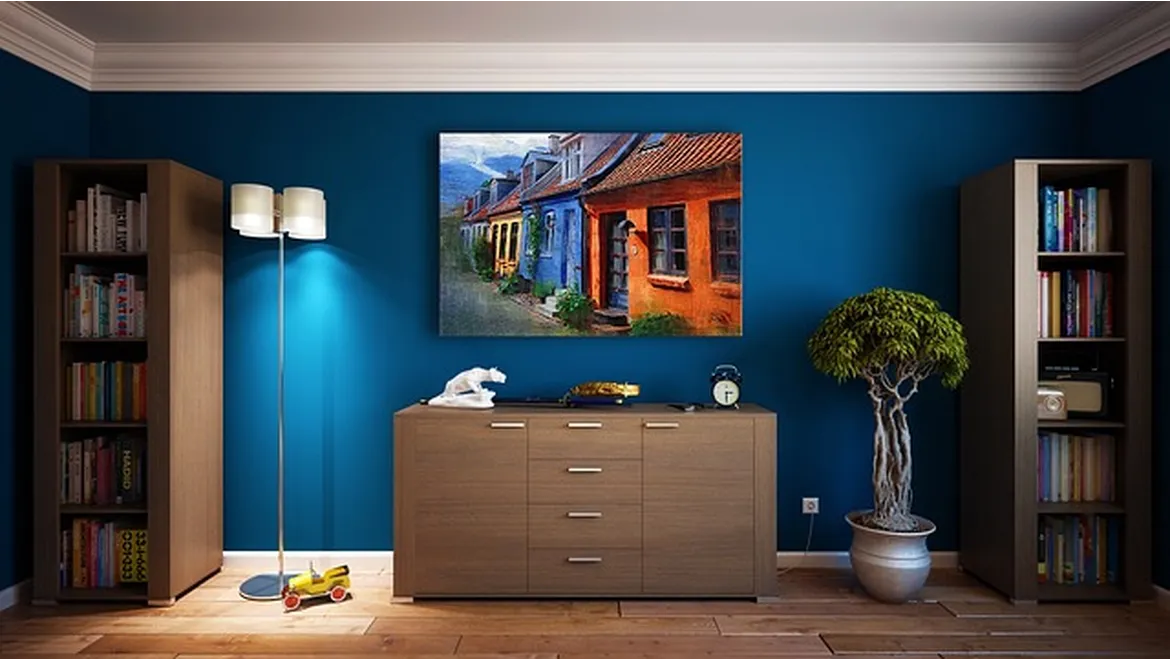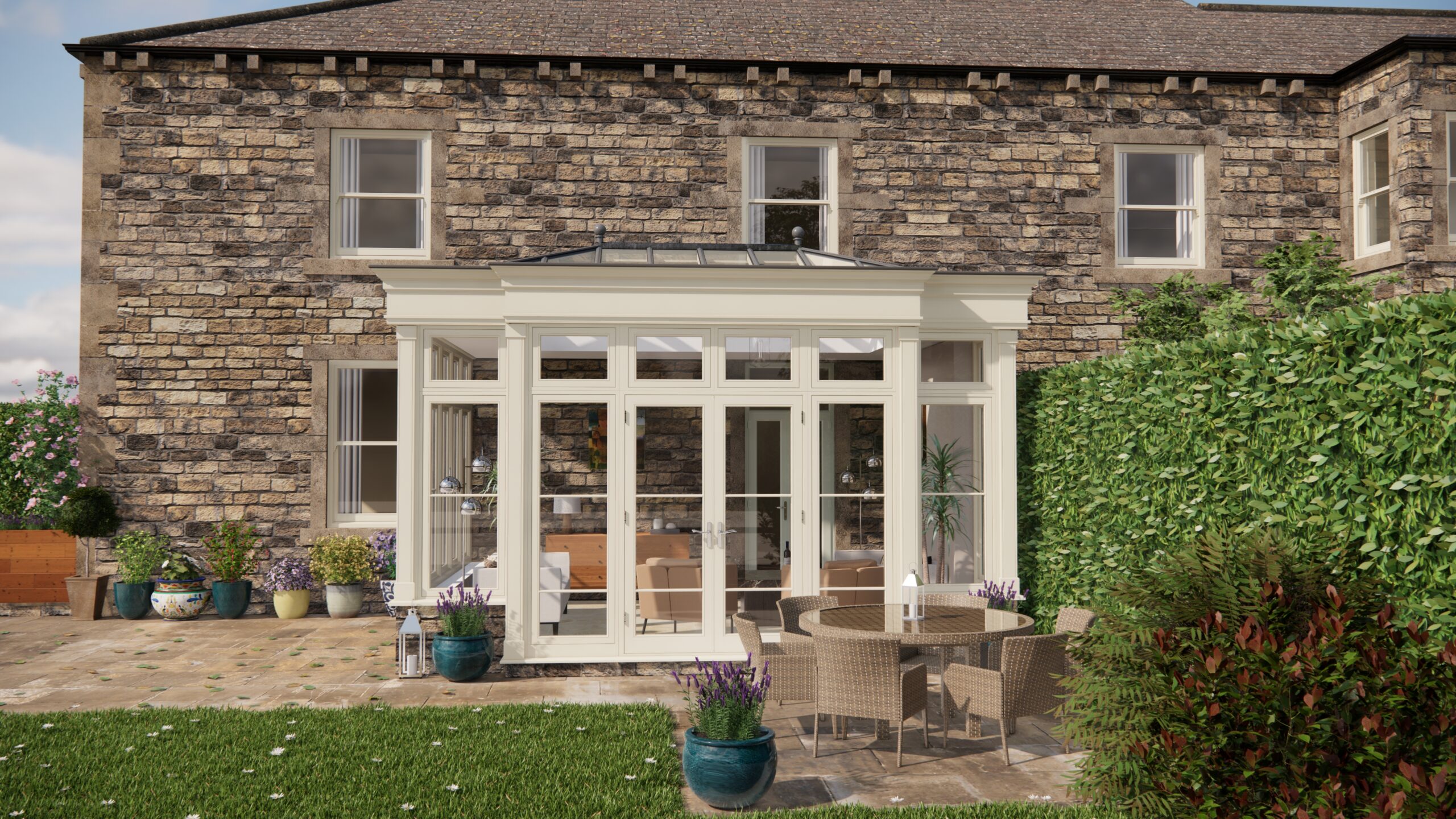The other day, I caught up with a good friend of mine, Lucy, over a cup of tea. Lucy recently transformed her orangery, and she couldn’t stop raving about how she’d managed to maximise space using multi-functional furniture. Naturally, I was all ears. I mean, who doesn’t love a good home improvement story?
Lucy’s orangery had always been a lovely, sunlit haven, but she felt it was underutilised. “I wanted it to be more than just a pretty room,” she explained, sipping her Earl Grey. “I envisioned it as a space where I could entertain friends, enjoy quiet afternoons with a book, and even sneak in some work when needed.”
Finding the Right Pieces
The first step Lucy took was to identify furniture that could serve multiple purposes. She started with the centrepiece: a beautiful wooden coffee table that doubles as a storage unit. “It’s got these deep drawers where I stash away blankets, board games, and magazines,” she said, pulling out a magazine to show me. “It keeps the room looking tidy without needing extra shelves.”
Next up was choosing seating that could adapt to different needs. Lucy opted for a stylish sofa bed. “It’s perfect for when guests stay over,” she pointed out. “And during the day, it’s just a comfy spot to lounge.”
The Magic of Modular Furniture
Lucy also shared that one of her best decisions was investing in modular furniture. She showed me these nifty seats that can be rearranged to create a larger sofa or separated into individual chairs. “Honestly, it’s like having a jigsaw puzzle for adults,” she laughed. “I can change up the configuration depending on whether I’m hosting a dinner party or having a quiet evening.”
She mentioned that the key is to choose neutral colours and styles that blend seamlessly with the rest of the room. “You want the furniture to be versatile in function but also in design,” she advised, gesturing to her muted grey and beige pieces that harmonised beautifully with her terracotta and glass space.
Dual-Purpose Decor
Decorative elements can also be multi-functional, Lucy noted. She has a couple of ottomans that serve as both footrests and extra seating. “They open up for storage, too,” she said, demonstrating how easily the top came off to reveal a hidden compartment. “Great for hiding away the bits and bobs you don’t want cluttering your space.”
Another clever idea was incorporating a fold-out table mounted on the wall. “It’s a game-changer,” Lucy enthused. “When I need a workspace or a place for snacks during a movie night, I just unfold it, and voilà!”
Lighting and Ambiance
With all these practical considerations, Lucy didn’t forget about the ambiance. Lighting plays a crucial role in how a space feels, she reminded me. “I went for dimmable lights and added a few fairy lights around the windows,” she said. “It makes the orangery feel cosy and inviting, no matter the time of day.”
She also placed a couple of plants strategically around the room. “They bring in that extra touch of nature and help create a calming environment,” she added, pointing to a lush fern in the corner. “And they’re easy to move around if I need more space.”
The Final Touches
Before wrapping up our chat, Lucy mentioned how important it was to keep personal taste at the forefront. “Your orangery should reflect your personality,” she smiled. “I included some of my favourite artwork on the walls and a few personal trinkets on the shelves. It makes the space truly feel like home.”
As I took a final sip of my tea, I realised how inspired I was by Lucy’s journey. Her ability to transform her orangery into a multi-functional, stylish haven was nothing short of impressive. She’d managed to create a space that was not only practical but also filled with personal touches that made it uniquely hers.
So, if you’re looking to maximise the space in your own orangery or any room for that matter, take a leaf out of Lucy’s book: look for multi-functional pieces, embrace modular designs, and always keep personal style in mind. Who knows, your next favourite room might just be a few clever pieces of furniture away!


